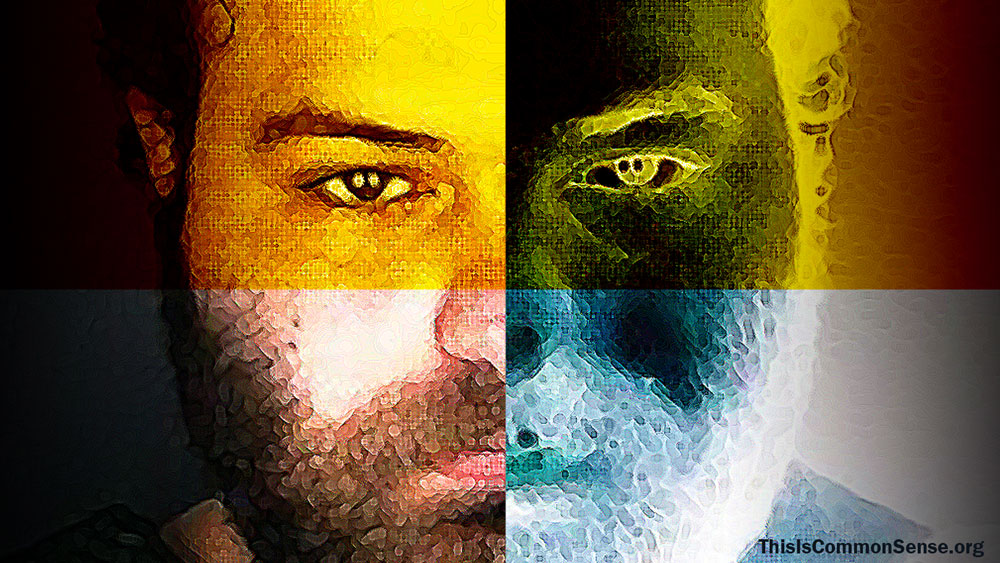Beware the America we see on our screens.
A friend posted something on Facebook tying three recent stories together, what he called “brazenly false narratives many progressives have peddled.”
The first being that those who attacked the Capitol on January 6th were treated more gently than Black Lives Matter activists would have been. Back in January, then President-Elect Biden made a point of offering this stark racial takeaway, sans evidence.*
The second narrative? That the Atlanta shooting spree was motivated by anti-Asian hatred, six of the nine people shot, eight killed, being Asian. But there is yet no evidence of racism; another, quite different motive appears to have spurred the massacre.
Nonetheless, on NBC Meet the Press last Sunday, Princeton University Professor Eddie Glaude Jr. said the Atlanta shooting was part of “this panic around the whiteness of this country.” The Washington Post’s Jonathan Capehart echoed that emotion in a weekend column, “Asian Americans must not fight white terror alone.”
Yet, weeks ago, The Post informed readers, “Tensions between Asian and Black communities also date back decades and have been reignited by videos that show Black perpetrators in many of the recent attacks on Asian Americans.”
The terror is diverse.
Lastly, the Boulder shooter was taken alive — which “must” mean (if you are catching on) that he
Like me, you probably meet a lot of nice people, white and black and Asian and Middle
But no film at 11.
This is Common Sense. I’m Paul Jacob.
* I made a point here of calling him on it — thanks to David Bernstein’s excellent analysis at The Volokh Conspiracy.
** The removed tweet by 36-year-old attorney and author Meena Harris, had declared in part: “Violent white men are the greatest terrorist threat to our country.”
—
See all recent commentary
(simplified and organized)

2 replies on “Nightmare Narratives”
I would expect no less from the left. Unfortunately.
The development or strengthening of convictions by supposèd evidence is not fully reversed when the of that supposèd evidence is shown to be mistaken or falsified. If we want to change convictions, then we cannot just give examples nor can we merely expose each misrepresentation individually; we must demonstrate a pattern, accidental or deliberate, in the construction of misguided social folklore.